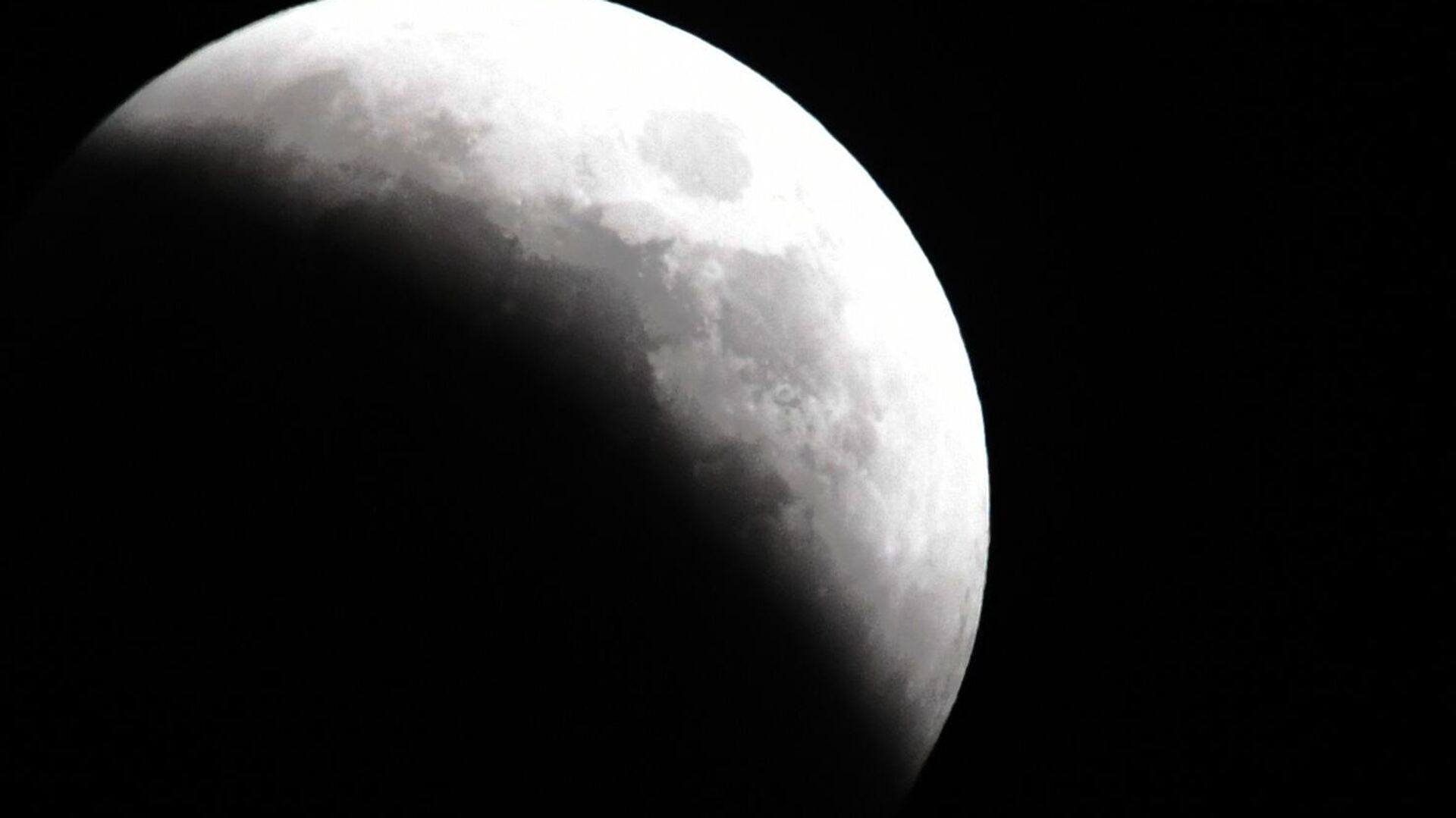https://sputniknews.in/20230911/mysterious-moonquakes-traced-to-apollo-17-lander-4188666.html
Mysterious Moonquakes Traced to Apollo 17 Lander
Mysterious Moonquakes Traced to Apollo 17 Lander
Sputnik India
On 26 August, India's lunar mission Chandrayaan 3's Vikram lander reportedly captured a notable seismic event which was believed to have naturally occurred.
2023-09-11T18:31+0530
2023-09-11T18:31+0530
2023-09-11T18:31+0530
science & tech
india
science & tech
moon
chandrayaan
lunar soil samples
nasa
space satellite
space industry
space exploration
https://cdn1.img.sputniknews.in/img/07e7/08/06/3422224_0:77:1481:910_1920x0_80_0_0_d211d8e265f0a1730ec2bd66d232ff1f.jpg
Recent scientific research has revealed that the Moon is not only a witness to "natural" seismic activity but also experiences consistent "thermal moonquakes" caused by intense temperature fluctuations.Published in the Journal of Geophysical Research, the study by Francesco Civilini, a recent postdoc at Caltech, sheds light on the dynamic nature of our celestial neighbor. This causes the lunar surface to expand and contract, leading to minor shaking and cracking known as thermal moonquakes. Data for this study had been obtained from seismometers placed on the Moon by the Apollo 17 mission in the 1970s. However, it remained largely untouched. However, the study also detected additional seismic activity in the morning that differed from evening moonquakes. Upon further investigation, these were found to be not thermal moonquakes but vibrations from the Apollo 17 lunar lander base. The seismic array picked up the groaning vibrations of the Apollo 17 lander base as it warmed and expanded in the morning. Despite the absence of plate tectonics or volcanic activity on the Moon, many questions about its internal structure remain unanswered. Seismic waves also provide valuable insights into what lies beneath the surface.According to Allen Husker, a geophysics professor and co-author of the recent study, seismometers hold incredible potential to detect water ice that is hidden beneath the surface in the Moon's South Pole's perpetually shadowed areas.
https://sputniknews.in/20230901/quake-on-moon-chandrayaan-3-detects-natural-lunar-seismic-event-3969963.html
india
moon
Sputnik India
feedback.hindi@sputniknews.com
+74956456601
MIA „Rossiya Segodnya“
2023
Sangeeta Yadav
https://cdn1.img.sputniknews.in/img/07e6/0c/0f/110602_0:0:641:640_100x100_80_0_0_c298016a79eb02ef8caa9d1f688c12a5.jpg
Sangeeta Yadav
https://cdn1.img.sputniknews.in/img/07e6/0c/0f/110602_0:0:641:640_100x100_80_0_0_c298016a79eb02ef8caa9d1f688c12a5.jpg
News
en_IN
Sputnik India
feedback.hindi@sputniknews.com
+74956456601
MIA „Rossiya Segodnya“
Sputnik India
feedback.hindi@sputniknews.com
+74956456601
MIA „Rossiya Segodnya“
Sangeeta Yadav
https://cdn1.img.sputniknews.in/img/07e6/0c/0f/110602_0:0:641:640_100x100_80_0_0_c298016a79eb02ef8caa9d1f688c12a5.jpg
india's lunar mission, chandrayaan, vikram lander, seismic event, thermal moonquakes, intense temperature fluctuations, journal of geophysical research, francesco civilini, postdoc at caltech, seismometer, apollo 17 mission, modern techniques, machine learning, astronauts, artemis missions, plate tectonics, volcanic activity on the moon, internal structure of the moon, seismic waves, allen husker, geophysics professor, seismometers, moon's south pole
india's lunar mission, chandrayaan, vikram lander, seismic event, thermal moonquakes, intense temperature fluctuations, journal of geophysical research, francesco civilini, postdoc at caltech, seismometer, apollo 17 mission, modern techniques, machine learning, astronauts, artemis missions, plate tectonics, volcanic activity on the moon, internal structure of the moon, seismic waves, allen husker, geophysics professor, seismometers, moon's south pole
Mysterious Moonquakes Traced to Apollo 17 Lander
On 26 August, the Vikram lander from India's Chandrayaan 3 lunar mission reportedly captured a notable seismic event which was believed to have naturally occurred.
Recent
scientific research has revealed that the Moon is not only a witness to "natural"
seismic activity but also experiences consistent
"thermal moonquakes" caused by intense temperature fluctuations.
Published in the Journal of Geophysical Research, the study by Francesco Civilini, a recent postdoc at Caltech, sheds light on the dynamic nature of our celestial neighbor.
Due to a lack of atmosphere to control its temperature, the Moon experiences extreme temperature fluctuations, ranging from a scorching 120 degrees Celsius during the day to a freezing -130 degrees Celsius at night.
This causes the
lunar surface to expand and contract, leading to minor shaking and cracking known as thermal moonquakes.
Data for this study had been obtained from seismometers placed on the Moon by the Apollo 17 mission in the 1970s. However, it remained largely untouched.
During reanalysis using modern techniques like machine learning, a recent finding of the study revealed that thermal moonquakes occur with remarkable regularity every afternoon as the Sun leaves its peak position in the sky and the lunar surface begins to cool off.
However, the study also detected additional seismic activity in the morning that differed from evening moonquakes. Upon further investigation, these were found to be not thermal moonquakes but vibrations from the Apollo 17 lunar lander base. The seismic array picked up the groaning vibrations of the Apollo 17 lander base as it warmed and expanded in the morning.
Despite the absence of plate tectonics or volcanic activity on the Moon, many questions about its internal structure remain unanswered. Seismic waves also provide valuable insights into what lies beneath the surface.
According to Allen Husker, a geophysics professor and co-author of the recent study, seismometers hold incredible potential to detect water ice that is hidden beneath the surface in the Moon's South Pole's perpetually shadowed areas.



